The 1921 Tulsa Race Massacre Centennial Commission will leverage the rich history surrounding the 1921 Tulsa Race Massacre by facilitating actions, activities, and events that commemorate and educate all citizens.
“The projects of the 1921 Tulsa Race Massacre Centennial Commission will educate Oklahomans and Americans about the Race Massacre and its impact on the state and Nation; remember its victims and survivors; and create an environment conducive to fostering sustainable entrepreneurship and heritage tourism within the Greenwood District specifically, and North Tulsa generally.”
“Black Wall Street 100: An American City Grapples with its Historical Racial Trauma, endorsed by the 1921 Tulsa Race Massacre Centennial Commission and the 400 Years of African American History Commission, furthers the educational mission of both bodies. The book offers updates on developments in Tulsa generally and in Tulsa’s Greenwood District specifically since the publication of Hannibal B. Johnson’s, Black Wall Street: From Riot to Renaissance in Tulsa’s Historic Greenwood District.
Black Wall Street 100 is a window into what distinguishes the Tulsa of today from the Tulsa of a century ago. Before peering through that porthole, we must first reflect on Tulsa’s Historic Greenwood District in all its splendor and squalor, from the prodigious entrepreneurial spirit that pervaded it to the carnage that characterized the 1921 massacre to the post-massacre rebound and rebuilding that raised the District to new heights to the mid-twentieth-century decline that proved to be a second near-fatal blow to the current recalibration and rebranding of a resurgent, but differently configured, community.
Tulsa’s trajectory may be instructive for other communities similarly seeking to address their own histories of racial trauma. Conversely, Tulsa may benefit from learning more about the paths taken by other communities. Through sharing and synergy, we stand a better chance of doing the work necessary to spur healing and move farther toward the reconciliation of which we so often speak.” [Amazon]
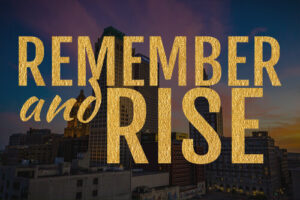
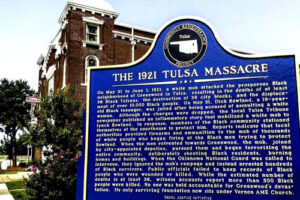
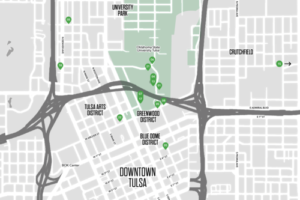


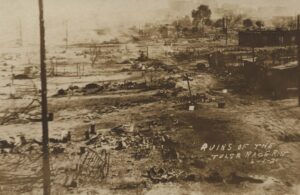
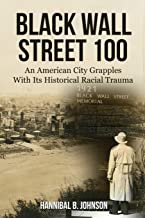
“Local Tulsa company, ONE Gas, invested hundreds of thousands of dollars in historic Greenwood District through the ONE Gas Foundation. This donation will create a long-lasting generational impact in the Tulsa community, and we could not be more grateful.”
The Tulsa Tribune inflamed the massacre and then wrote a scathing editorial in the days that followed. -dayle
#journalism
#media